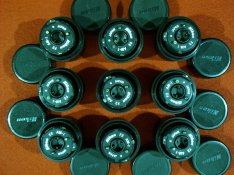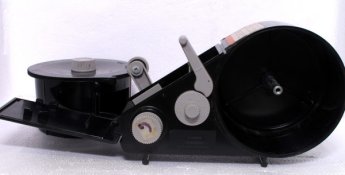I have used both the plastic and the metal film cassettes. Both worked well. Here is what I remember:
1. Felt light trap rarely scratched thick emulsion film when film was loaded into the cassette.
2. Felt light trap rarely scratched thick emulsion film when film was wound out of the cassette for exposure.
3. Felt light trap rarely scratched thick emulsion film when film was rewound into cassette after exposure.
4. Felt light trap easily scratched the thin emulsion film I used. To solve this problem, I used felt-free Nikon film cassettes for my Nikon F and F2 cameras.
5. End cap for the metal cassettes occasionally popped off when the cassette was dropped. To prevent this from happening, I routinely stored exposed or unexposed film in protective container.
6. End cap for the plastic cassettes occasionally unscrewed when the cassette was loose in my pocket. To prevent this from happening, I routinely stored exposed or unexposed film in protective container.
7. Some plastic cassettes that I used caused the film to bind so much that it slowed the motor drive firing rate.
8. There seemed to be a difference between the plastic cassette spools and the metal cassette spools. I occasionally had problems if I accidentally used a metal cassette spool in a plastic cassette.
9. Occasionally, when I reached the end of the roll, the motor drive would pull the film off the metal cassette spool. This never happened to me with the plastic cassettes.
10. Metal cassette discards were too unreliable for me to trust with my images.
http://www.flickr.com/photos/11336821@N00/5218557633/
http://www.flickr.com/photos/11336821@N00/6080915144/












